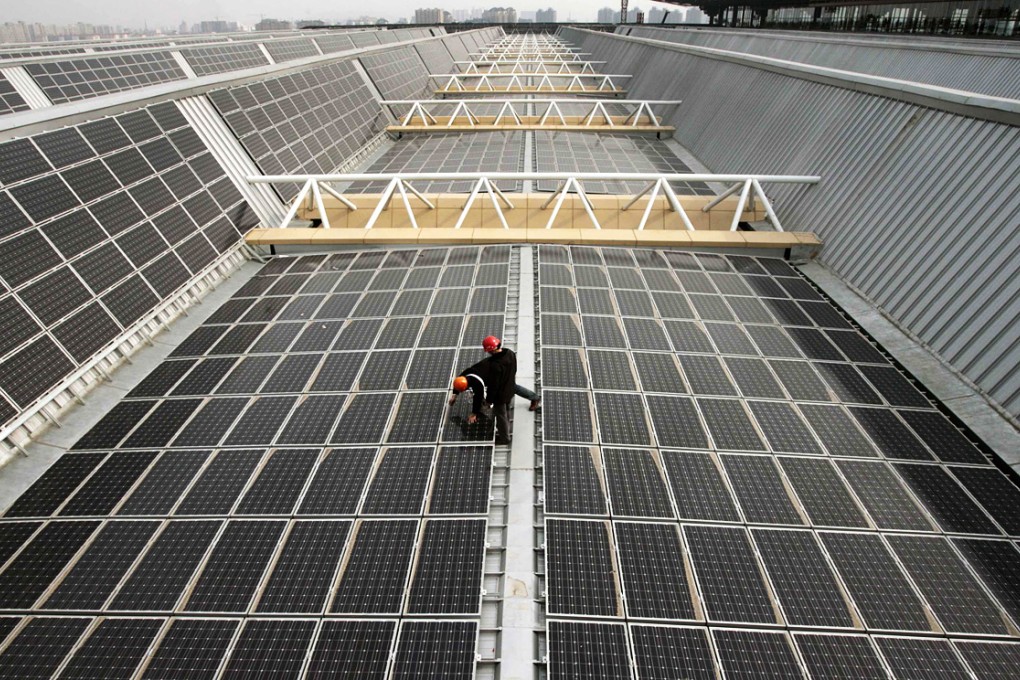Storage the missing link in China's strategy for renewable energy
How China approaches storing of electricity will be globally significant for policymakers and manufacturers in sustainable power generation

Beijing is making great strides to ramp up renewable energy - at least on paper - and recent weeks have been especially encouraging.
Earlier this month, Xie Zhenhua, vice-chairman and chief climate negotiator at the National Development and Reform Commission, said a carbon cap plus steep emissions cuts after 2020 could roll out next year. Realising such ambitions will require a change in the use of renewable energy.
Last month, policymakers set a 70 gigawatt solar target for 2017 (China's total electricity-generating capacity is about 1,100GW). That means adding 50GW, or more than the world installed last year, in three years across rooftops and solar farms.
Offshore wind is also picking up with better incentives. Signs are that work may begin on 1GW of projects this year.
Meanwhile, money flows into onshore wind, with China adding almost as much last year as the rest of the world combined.
And there's the rub. Wind farms are built faster than the power grid, designed for conventional energy, can adapt. Consequently, wind operators in some places are paid at times to idle a fifth of their turbines.
